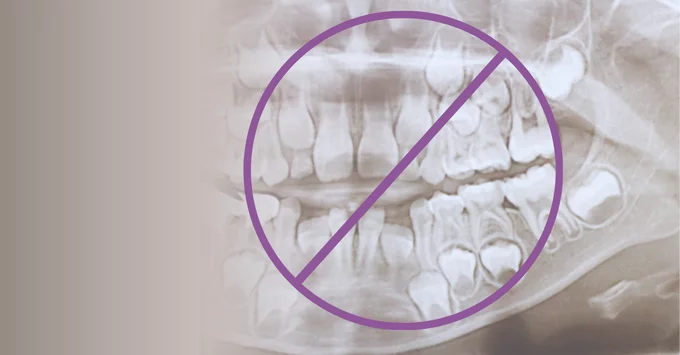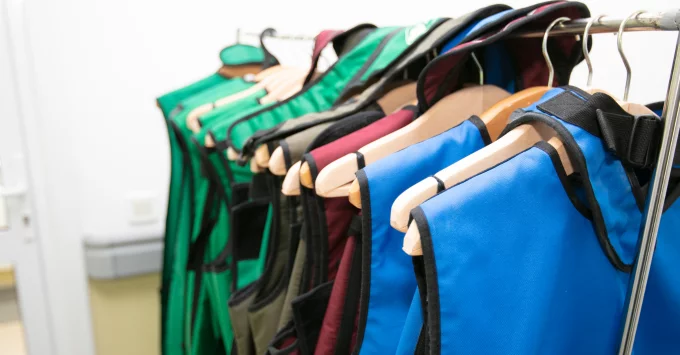By JoAnn Gurenlian, RDH, MS, PhD, AAFAAOM, FADHA
October 4, 2023
Providing value-based healthcare is a priority. Given there are limited resources to meet the demand for services, low-value health care is being examined and targeted for de-implementation as a way to reduce costs and change practice from “volume to value”. Money et al have been examining pediatric medical overuse since 2017. Examples of their most recent findings, published in the October 2023 issue of PEDIATRICS®, the Official Journal of the American Academy of Pediatrics, questioned the routine practices of temperature measurement at well child visits as this procedure may lead to overuse of healthcare resources and unnecessary vaccine deferral. Similar data has shown that the use of a proton pump inhibitor (PPI) has been associated with an increased incidence of childhood asthma. A retrospective study revealed that PPI overuse was at highest risk for children under 2 years and children should be carefully evaluated before being prescribed this medication.
This study of unnecessary procedures led to the evaluation of routine dental radiographs in younger children. Conventional practice is to detect dental caries using a combination of visual and radiographic examination. Money et al evaluated a randomized controlled study that suggested radiographic examinations do not provide benefit in caries management when compared to visual inspection. This study pertained to 216 Brazilian children between the ages of 3 to 6 years who received screenings for dental caries using either visual inspection alone or visual inspection and radiographic examination. Proximal and occlusal surfaces of deciduous molars were also evaluated. Results revealed that radiographs missed 26% of caries requiring intervention which were managed primarily with fluoride. Further, false positives tended to be diagnosed by radiographic examination than visual examination. Dental caries were overdiagnosed in 1% of molar surfaces without detection by visual examination. The authors determined that radiographs in younger children can miss caries that require intervention and overdiagnose caries that would not need treatment. They concluded that radiographs during routine dental visits for young children may be unnecessary.
While it may seem foreign to dental practitioners to forego the use of dental radiographs during examination of young children, the authors note that many interventions clinicians perform are habit-driven instead of evidence-based. Procedures that appear to be harmless interventions or well-intentioned still have consequences. They caution that clinicians should be mindful of routine interventions that do not provide a benefit to patients. It is important to continue to question routine practices that are not evidence-based and to explore value-based models of healthcare.
Source: Money NM, Wolf ER, Marin JR, et al. 2023 update on pediatric medical overuse. Pediatrics. 2023 Oct;152(4):e2023062650.
To learn more about the research on radiography in caries management that was summarized for this article, read the full open access research report.
____________________________________
This article summarizes a portion of the findings of the research summary report “2023 Update on Pediatric Medical Overuse” as published online in PEDIATRICS®, the Official Journal of the American Academy of Pediatrics, September 25, 2023.
JoAnn Gurenlian, RDH, MS, PhD, AAFAAOM, FADHA, is the ADHA Director of Education and Research, professor emerita in the Department of Dental Hygiene at ISU, and former president of the American Dental Hygienists’ Association 1990-1991.



